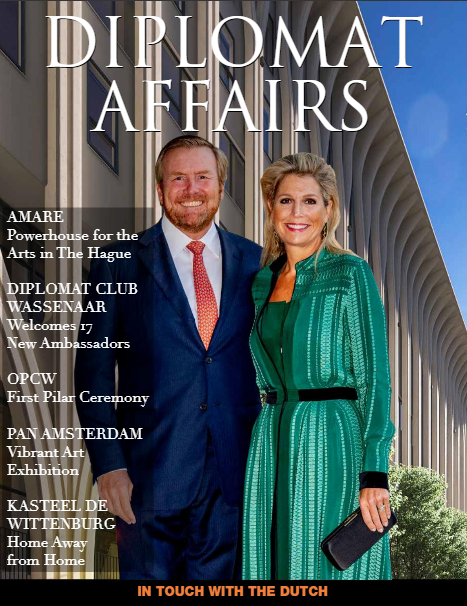Dutch folklore or culture clash?
The Dutch children’s feast of ‘Sinterklaas’ is currently subject to a heated debate.
Truth be told, each country has its own peculiar customs. For example Halloween, which is hugely popular in the US, has its strange customs, such as placing fake skeletons and lit pumpkins in peoples front yards. Strange as that may seem, in my opinion placing a shoe, filled with a carrot next to a bowl of water and some hay (for the horse) near the fireplace at night, in eager anticipation of a gift the next morning, seems a lot odder! This brings me to the very popular Dutch tradition of the annual Sinterklaasfestivities. You might wrongly assume that Sinterklaas is primarily a children’s feast, but make no mistake about it, a surprisingly large number of Dutch people – children and adults alike – enjoy celebrating Sinterklaas.
Tradition
Obviously these days Sinterklaas is merely a man dressed up in a Sinterklaas-costume, but this wasn’t always the case. Hundreds of years ago Sinterklaas, or Saint Nicholas, as he was actually called, really did exist. He was a Greek bishop in the town of Myra, which is located in present-day Turkey. The Saint-Nicholas feast used to be an occasion to help the poor and lessprivileged by putting money in their shoes, a custom that has over time evolved into putting presents in the shoes of children. Sinterklaas traditionally rides a white horse, carries a ceremonial gold shepherd’s staff and is accompanied by one or more ‘Zwarte Pieten,’ Black Petes. The Black Petes, who are dressed up in colorful costumes resembling 17th-century pages, provide a comical note and throw hands full of gingernuts to the children. Every year Sinterklaas travels by ‘steamship’ (supposedly loaded with tons of children’s gifts) to Holland. The tradition of travelling by ship can be traced back to the days that Saint Nicholas was a patron of the sailors.
Debate
Unfortunately, these days a darker side of this seemingly pristine children’s feast has emerged. Calls for the abolishment of Black Pete are becoming louder, as his role is viewed by some as a throwback to slavery. The issue has initiated a heated debate between passionate opponents and no less passionate proponents of this thorny issue. The debate has spilled over into the press, television and social media, with Facebook and Twitter exploding with opinions. Meanwhile, in a well-intentioned attempt to appease the opponents of Black Pete, several food and department stores have started phasing out Black Pete, only to find themselves in a cross fire of furious proponents, who demand the Sinterklaas tradition should not change, as it is, in their opinion, exactly that: a centuries-old tradition and an integral part of Dutch culture and tradition.
The magic of it all
The vocal opinions on both sides have not abated. Although arguments can be made for both sides, as in any issue,where emotions run high, it will be extremely difficult to find some form of compromise. It seems as if the ‘Poldermodel,’ for which The Netherlands is so well-known and proud of, has lost its magic. Let’s hope this magic can be rekindled well before December, so the celebration of Sinterklaas can once again return to what it was: a happy children’s feast for all.
You may also like...
Sorry - Comments are closed














